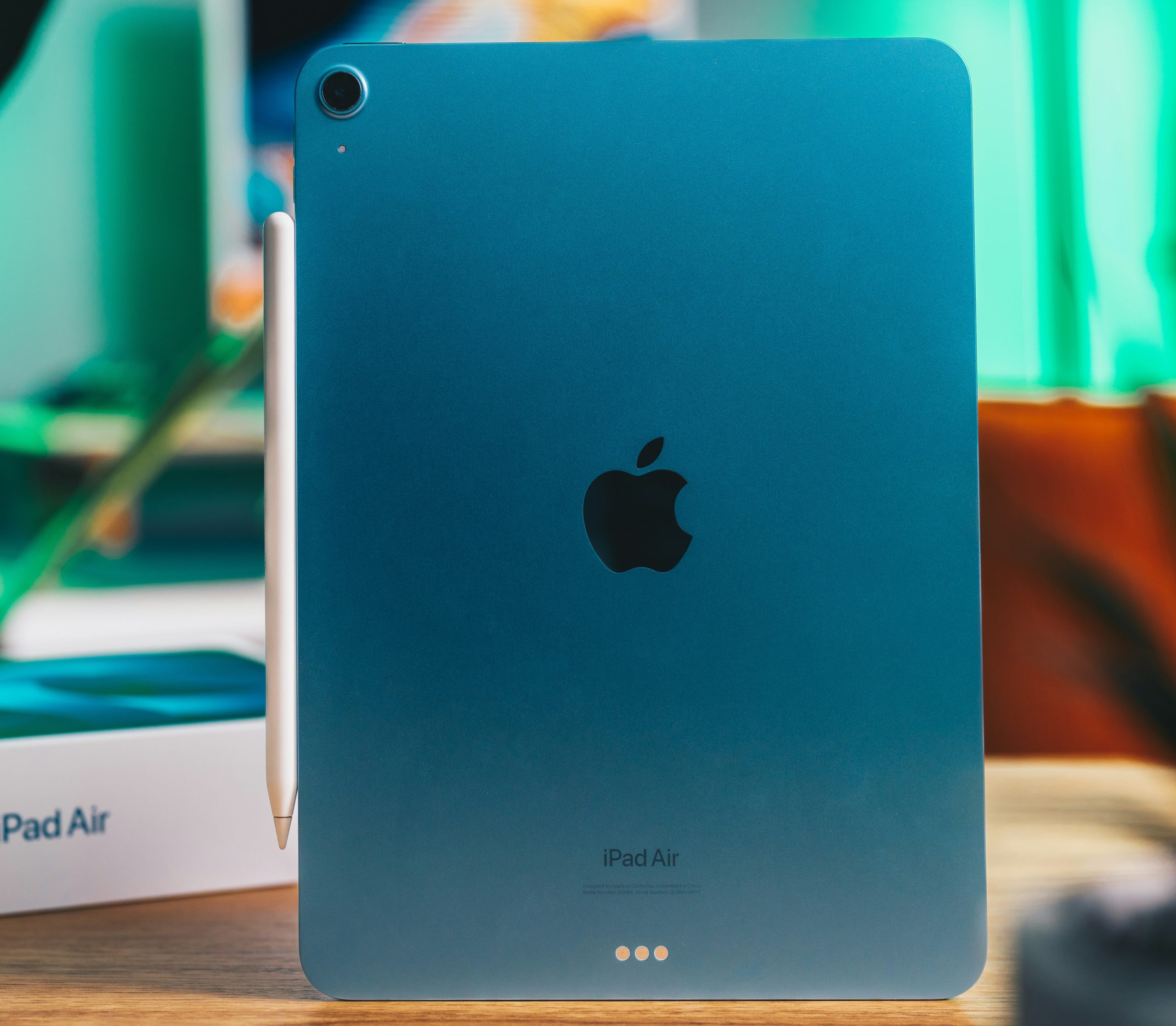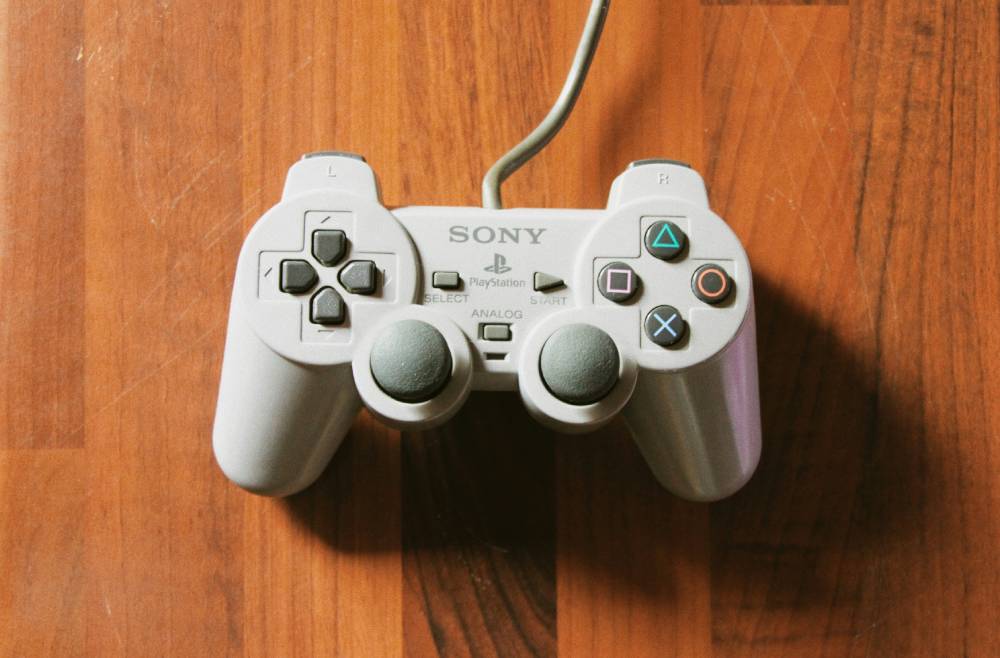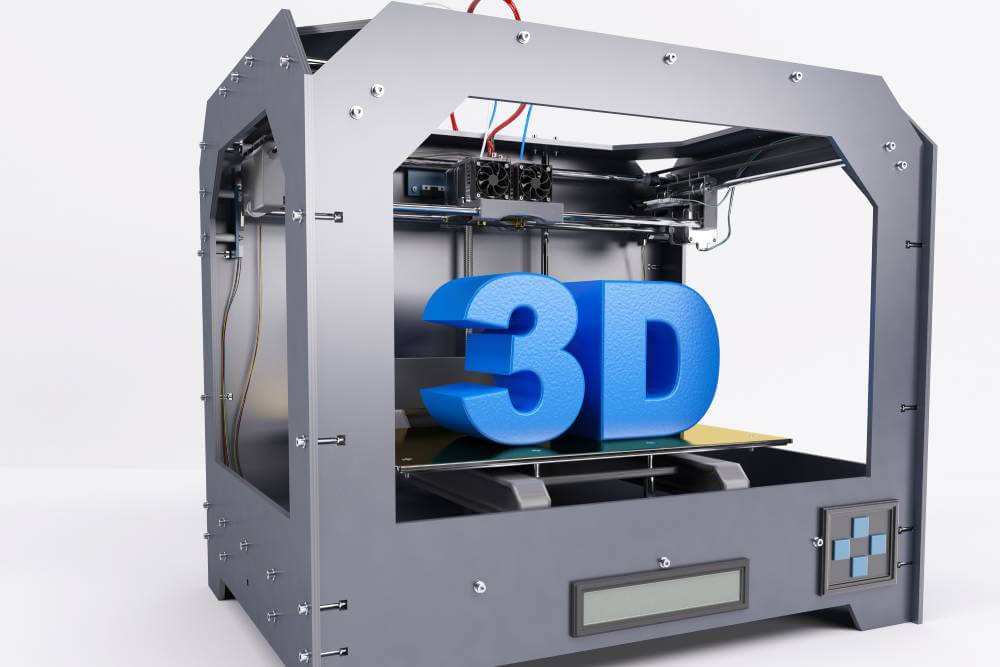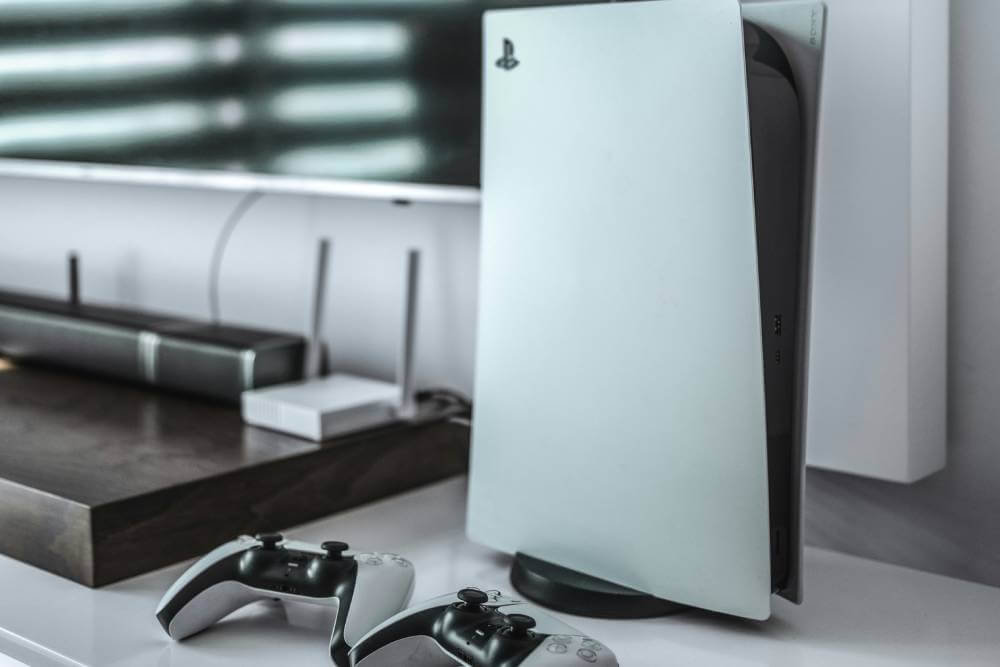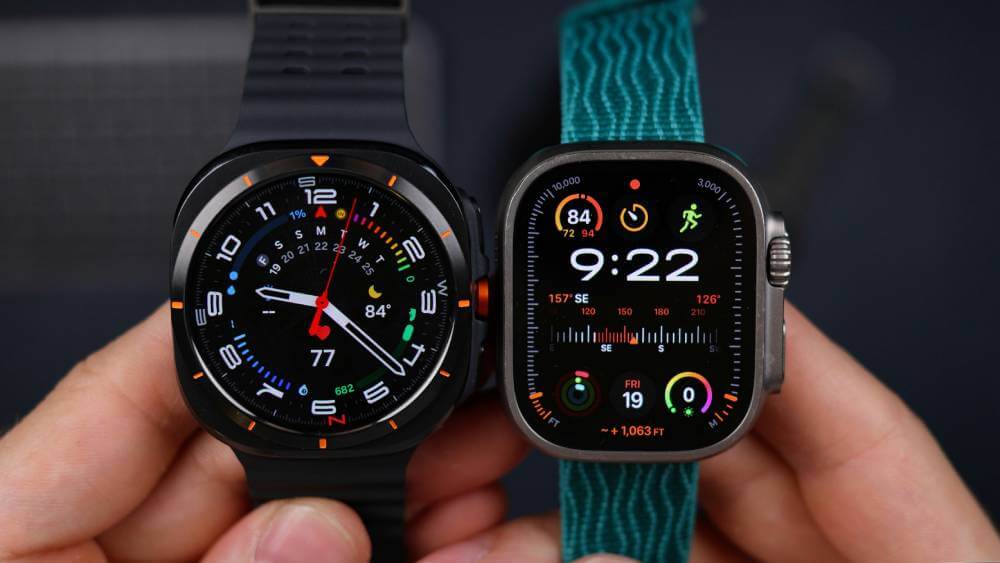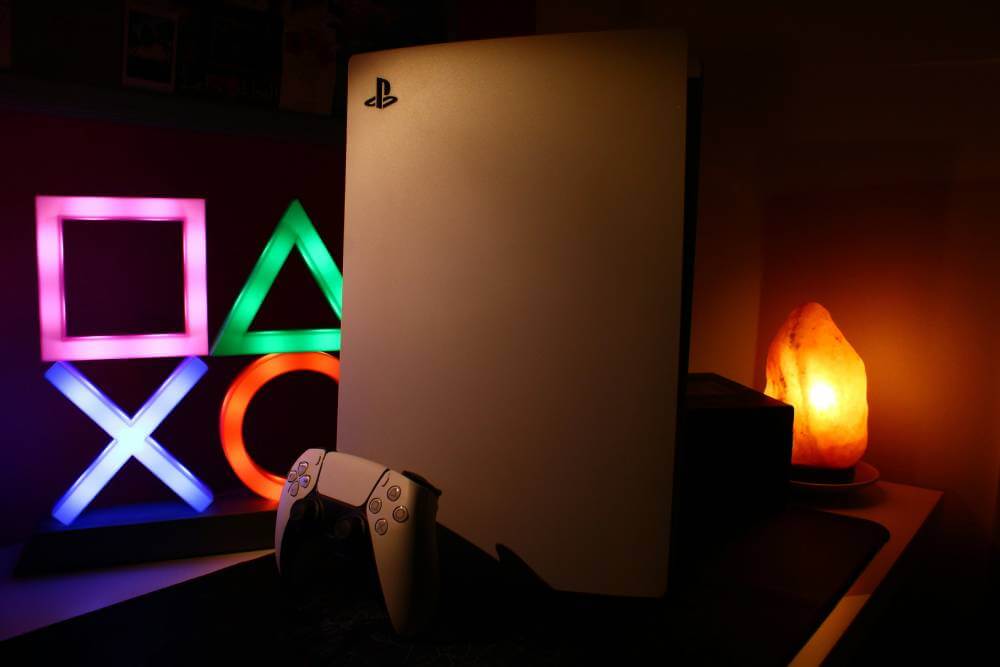Sony is good at being weird, whether it’s making donut-shaped earbuds that are actually comfortable or a speaker-lamp hybrid that looks like a bong. But the PS Portal goes beyond the design. It raises questions about what the point of it all is. You need a stable broadband internet connection for it to work properly. For the best gaming experience, you need a broadband internet connection with a minimum of 5Mbps; 15Mbps is recommended. Why does this thing even exist?
Introduction
The PlayStation Portal Remote Player is a handheld device that enhances your PS5 gaming experience. With its high-quality display and console-quality controls, you can play compatible games installed on your PS5 console remotely using your home Wi-Fi connection. The PlayStation Portal Remote Player is perfect for those who want to take their gaming beyond their living room TV.
PlayStation Portal: A Weirdly Convenient Niche Device
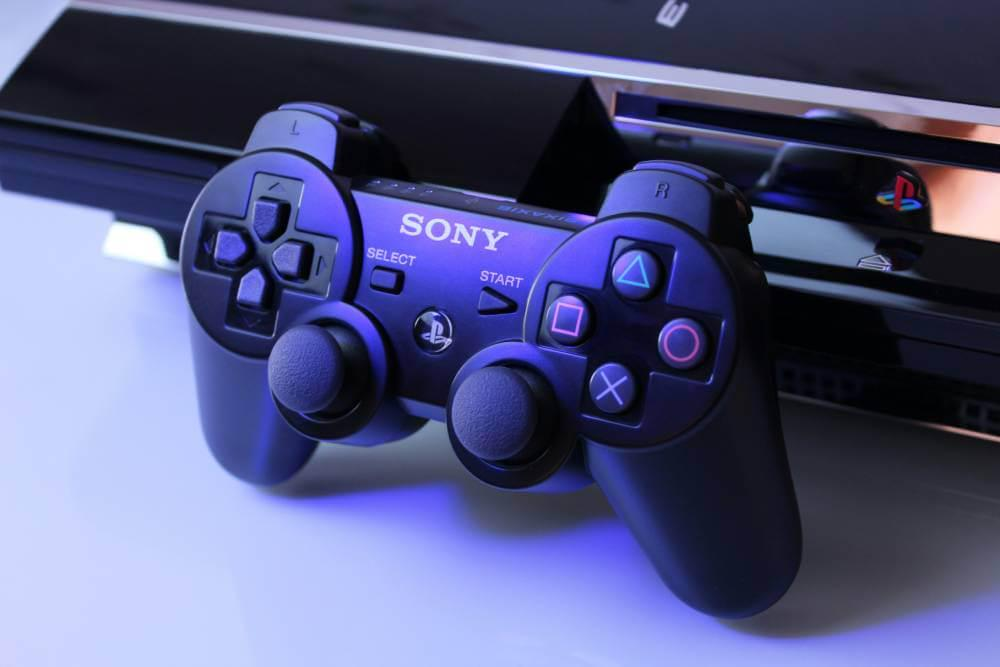
PlayStation Remote Play has been around for a while and is easily accessible on multi-purpose devices like phones, tablets, or laptops—without the need for extra hardware. So what justifies spending $200 on a dedicated device like the PlayStation Portal, which only does this one thing? Upon closer inspection, the Portal can be compared to an air fryer: it may seem unnecessary initially, but its convenience and specialized design offer a unique experience.
A One-Task Wonder: The Air Fryer of Gaming Devices
The PlayStation Portal is like an air fryer—it’s designed to do one thing and do it well. Its main job is to stream games from a PS5 via Wi-Fi, and while other devices—phones, tablets, and laptops—can do this through Remote Play, the Portal’s specialized design makes it feel like a gaming tool. Just like an air fryer offers the convenience of quick and hassle-free cooking, the Portal offers an optimized distraction-free gaming experience.
While multi-purpose devices can do the same thing, the Portal’s dedicated nature means you don’t have to navigate through apps or deal with notifications. It’s designed for one thing—gaming—and does it well. The PlayStation Portal Remote Player is compatible with the DualSense Edge wireless controller for a seamless gaming experience.
Convenience Over Complexity
Many devices can stream games using PS5 Remote Play, but the PlayStation Portal stands out because of its focus. Unlike a phone or tablet, where other apps and features can slow it down, the Portal is only for gaming and offers a more immersive experience. There is no need to worry about battery life or interruptions from calls and notifications—it’s all about access to PS5 games.
This level of convenience might be appealing to those who want a gaming device without the distractions and multitasking of phones or laptops. The Portal lets you dive into gaming without the hurdles.
Design: Weird But Comfortable
Sony is good at being weird, and the PlayStation Portal is no exception. The design might look a bit strange at first, with its unusual shape, but it’s surprisingly comfortable to use. The big, clear screen and DualSense-like controls make it feel familiar to those who are already used to the PS5 setup.
It doesn’t break new ground, but it prioritizes comfort for longer gaming sessions and minimizes distractions, so it’s more immersive than using a phone or tablet for remote gaming.
Features
The PlayStation Portal Remote Player has the following features:
1080p 60Hz LCD touchscreen display for smooth gameplay
Console quality controls with dynamic adaptive triggers and haptic feedback from DualSense
Wi-Fi 5 connectivity for a fast and stable connection to the PS5 console
3.5mm headphone jack and built-in speakers for audio
Up to 5 hours of battery life with full brightness
Compatible with PS5 console and PlayStation Network to play your games and play with friends remotely
PlayStation Portal: Convenience Meets Connectivity Frustration
The PlayStation Portal is all about convenience—it takes games from your PS5 console and lets you play around the house or on the go. But that convenience is dependent on one thing: Wi-Fi. When Wi-Fi fails, so does the gaming experience and the device’s convenience.
Seamless Remote Play Gaming
At its best, the PlayStation Portal offers nearly frictionless gaming. After a post-launch software update that improved performance, the Portal delivers on its core function: connect to a PS5 in seconds and stream games to an 8-inch LCD screen with DualSense haptics. In an ideal world, you can take your games around most areas of your home and play without taking over the family TV.
The screen and controls are great for gamers who want to take their PS5 experience to other rooms. There’s something very convenient about picking up the Portal and jumping into Spider-Man 2 or God of War Ragnarök without moving the console.
Home Wi-Fi Reality
But the seamless experience isn’t guaranteed for everyone. The Portal’s functionality is Wi-Fi-dependent, so your experience will vary depending on your network setup. Network conditions can affect individual game performance, and you’ll see varying levels of quality across different games. Even in homes with solid internet setups like gigabit internet and mesh Wi-Fi, the Portal can still be prone to random glitches. A game can freeze, skip, or lag, and you’ll be left with an unplayable mess in the middle of a boss battle or a perfectly timed swing in Spider-Man.
Network interference is unpredictable, and the cause of disruption can be something out of your control—other devices sucking up bandwidth, local internet congestion, or just a random glitch. So, the Portal’s convenience can feel like a trade-off; you have to accept occasional connection drops for portability.
Wi-Fi 5 Conundrum
One of the biggest limitations of the PlayStation Portal is its use of Wi-Fi 5 (802.11ac), an older standard from 2014. Wi-Fi 5 can support the Portal’s minimum requirement of 5Mbps and the recommended 15Mbps for a smoother gaming experience, but it feels old. Wi-Fi 6 and 6E offer faster speeds, better coverage, and less network congestion, so why not use the latest technology?
For a 2023 release, the inclusion of Wi-Fi 6 or 6E would have made sense, especially for households with those routers. Wi-Fi 6E’s 6GHz band is less congested and would have given Portal users smoother, more consistent gaming. With Wi-Fi 7 on the horizon, the use of Wi-Fi 5 feels like a missed opportunity and highlights the device’s limitations.
The PlayStation Portal: Convenience is Marred by Quirks

The PlayStation Portal’s appeal is in its simplicity—it allows you to extend your PS5 gaming around the house. But its quirks, beyond the outdated Wi-Fi standard, make you wonder if the convenience is worth the $200 price tag.
Weird Design Choices
One of the many head-scratchers of the Portal is the inclusion of Airplane Mode. It’s a weird feature for a device that’s completely Wi-Fi-dependent, with no local storage for games or media and no ability to stream content without the PS5. The portal also lacks auto-brightness, has no protective case (you have to buy one from a third party), and only supports one user account at a time. If you share your PS5 with someone else, switching accounts is a pain; you have to log out, log in, and do two-factor authentication whenever a new user wants to play.
These weird omissions make the Portal feel like a half-baked product as it runs out of time or money. But the most glaring omission is the lack of Bluetooth.
The Bluetooth Problem
The Portal has a 3.5mm headphone jack for wired audio but no Bluetooth—a standard feature for wireless devices. Instead, Sony is pushing their proprietary PlayStation Link audio system and asking you to buy PlayStation Link-compatible devices like the Pulse Explore earbuds ($199.99) or the Pulse Elite headset ($149.99, coming in February 2024). While PlayStation Link does offer lower latency for a better gaming experience, asking you to spend an extra $150 to $200 just to use wireless audio on an already expensive device is just not reasonable.
This is even more bizarre since other high-end Sony headsets like the InZone H9 don’t work with the Portal. While Bluetooth isn’t as good as PlayStation Link, it’s a widely used and reliable technology that fits the Portal’s convenience-first philosophy. It would have been a simple and valuable addition.
A Simple, But Flawed Experience
Despite its many quirks, the PlayStation Portal has its merits. The built-in speakers are decent, and the 3.5mm jack provides latency-free audio. But perhaps the Portal’s biggest strength is its simplicity. You can get a better Remote Play experience on an iPad or a laptop with a larger screen or use a more portable option like a collapsible phone controller, but those solutions are clunkier and less straightforward.
Other Devices
The PlayStation Portal Remote Player is a unique device with its own set of features and benefits. Compared to the Logitech G Cloud and Razer Edge, the Portal is more streamlined and easier to use, with a focus on console-quality controls and a good display. Plus, it’s compatible with the PS5 and the PlayStation Network, so if you’re already invested in the PlayStation ecosystem, it’s a great option.
The PlayStation Portal: A Convenient but Flawed Companion to Your PS5

If you’re familiar with using free software like Chiaki to enable PS5 Remote Play on devices like the Steam Deck or Asus ROG Ally, the PlayStation Portal is a much simpler option. The PS Portal with beta access to cloud streaming is a streamlined out-of-the-box experience with minimal setup, so it’s a great option if you want ease of use and to play PS5 games remotely. While tools like Chiaki allow remote play on third-party devices, they require tinkering and custom button layouts to mimic the DualSense controls, although they don’t have the DualSense haptics.
A Quick Fix for Busy Gamers
The Portal’s biggest strength is its simplicity. It eliminates the need for setup and configuration and is a turnkey solution for PS5 owners who want Remote Play on the go. This is great for parents or anyone with limited free time, as the Portal allows for gaming in short bursts even if the main TV is being used by someone else. With its good display and DualSense haptics, it’s a decent at-home gaming experience whether you’re lounging in bed or moving to another room.
But all the Remote Play caveats still apply to the Portal. Wi-Fi is a big factor in the device’s performance, and its Wi-Fi 5 is one of its biggest flaws. If you’re considering the Portal, make sure to connect your PS5 to your home network via ethernet to avoid interruptions during gameplay. To stream games installed on the PS5, you’ll need a stable and fast internet connection.
Try Before You Buy
Before you buy a PlayStation Portal, try Remote Play using the official PS Remote Play app on a phone, tablet, or laptop. This will give you an idea of how it will perform on your home Wi-Fi. If Remote Play works well on your current devices, especially for the types of games you play, then the Portal might be worth adding to your gaming setup.
A One Trick Pony
Sony’s PlayStation Portal is an oddity—a single-use device that’s convenient if limited. It’s far from the company’s beloved PlayStation Vita, but it seems to be a toe in the water to test the waters for handheld gaming. Despite its flaws, the Portal is back-ordered, so there’s clearly some demand for this type of product.
In the end, the Portal is a niche device with its own set of problems, but it does the job. For Remote Play fans who want a no-fuss dedicated handheld, the Portal is a nice companion to the PS5. But it leaves many gamers wanting a real PlayStation handheld—one that can offer a fuller and more versatile gaming experience. Hopefully, this is just the start of what Sony has in store for portable gaming in the future.
Upcoming Updates
The PlayStation Portal Remote Player is a device that will be updated regularly with new features and improvements. Some of the upcoming updates and improvements include:
Cloud streaming enhancements for faster and more stable connections
Support for more games and features, including PS VR and PS4 games
Longer battery life and performance for longer gaming sessions
New features and modes like multiplayer and co-op play

